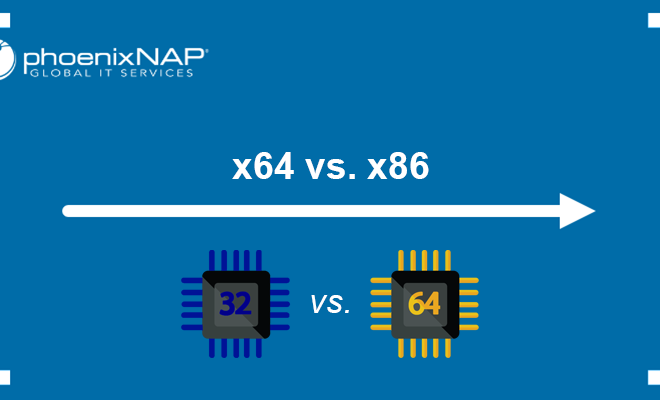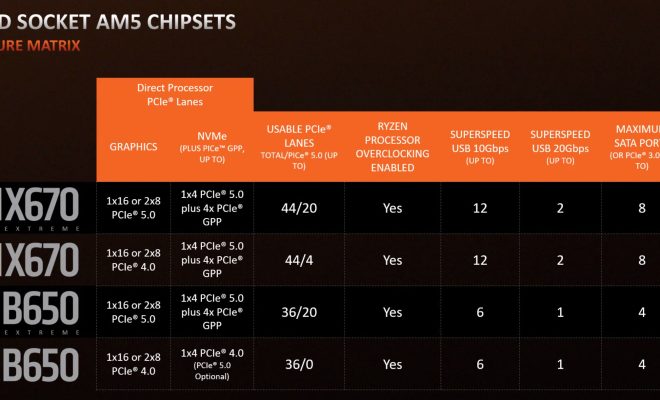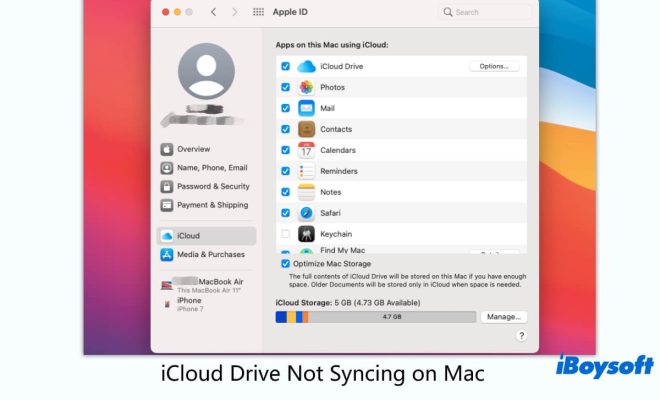What is X86?

X86 is a processor architecture that has been around for decades and powers many of the personal computers we use today. It is an evolution of the original x86 architecture developed by Intel in the late 1970s for their first microprocessor, the Intel 8086. X86 processors are now produced by several manufacturers, including Intel, AMD, VIA Technologies, and others.
The X86 architecture operates on a complex instruction set computer (CISC) architecture, which means that it has a large number of instructions that can perform multiple operations simultaneously. This distinguishes it from other architectures, such as the reduced instruction set computer (RISC) architecture, which has fewer instructions and performs each operation more efficiently.
The X86 architecture has evolved over the years to include new features and capabilities. One of the most significant developments was the introduction of 32-bit processing in the late 1980s. This allowed X86 processors to address larger amounts of memory and handle more complex applications. Later, in the early 2000s, 64-bit processing was introduced, further expanding the capabilities of X86 processors.
X86 processors use a combination of registers and memory to store and manipulate data. Registers are small, fast memory locations that the processor uses to store frequently accessed data. Memory, on the other hand, is much larger but slower than registers and is used to store larger amounts of data.
One of the key advantages of the X86 architecture is its flexibility. It can run multiple operating systems and software applications, from simple office productivity applications to complex scientific simulations. This is because it is a widely used standard, and many developers create software designed specifically for X86 processors.






